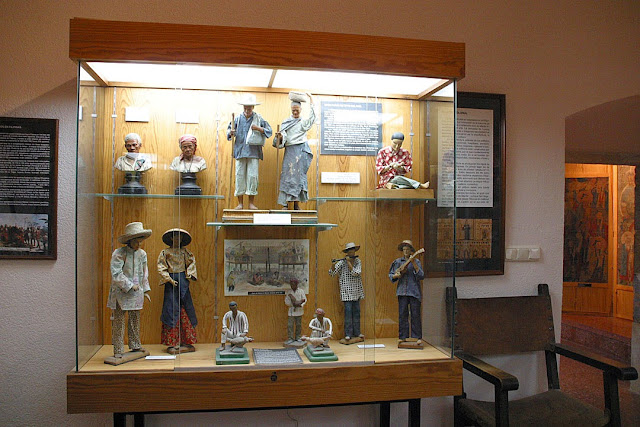[Photo: Shrine of Our Lady of Mercy at Penrose
Park, NSW, Australia]
http://www.visitnsw.com/destinations/country-nsw/southern-highlands/surrounds/attractions/shrine-of-our-lady-of-mercy-at-penrose-park
The Shrine of Our Lady of Mercy at Penrose
Park was established in 1984 on 75 acres of land near Berrima. Penrose Park
with its various devotional areas in a setting of natural beauty, serves as a
spiritual oasis open to all.
The Shrine is totally dependent on the
goodwill and generous charity of visitors. The Pauline Fathers would like to
thank all those people who have been, and are supporting them through their
prayers, work and donations.
In 1984 the Shrine of Our Lady of Mercy at
Penrose Park was founded. On 24 May 1997 the new Church was consecrated. This
new Church, together with the new monastery is a lasting testimony to the faith
and generosity of the pilgrims who support it. On 26 August 2001 the holy Icon
of Our Lady of Jasna Gora was solemnly crowned with crowns blessed by Pope John
Paul II.
[Photo: Chapel of San Lorenzo Ruiz de Manila]
http://www.geocaching.com/geocache/GC42P36_the-shrine?guid=d6d274e7-cda0-4877-8cfe-2ed004ee5cfa
About the International Chapels
The Shrine
of Our Lady of Mercy, Penrose Park, was purchased in 1984, with the support and
financial assistance of a small but dedicated group of pilgrims, by the first
of the Pauline Fathers to come to Australia. Back in those early days the
dreams were many and varied but, as the numbers of pilgrims grew, there was one
dream which was nourished and nurtured with such success that the remarkable
phenomenon, now known as the INTERNATIONAL CHAPELS, became a reality.
These
chapels, which are almost as many and varied as the nationalities of the
thousands of pilgrims who come to "Penrose Park", have become such a
feature of the Shrine property that they are, in themselves, also subjects of
pilgrimage. Having been built by individuals or groups of like-minded people,
often at very substantial cost, the chapels are maintained by all those who
built them. The land on which they are constructed is still owned by the
Pauline Fathers, to whom the chapels will revert, should any group or
individual fail to keep them in good order.






































